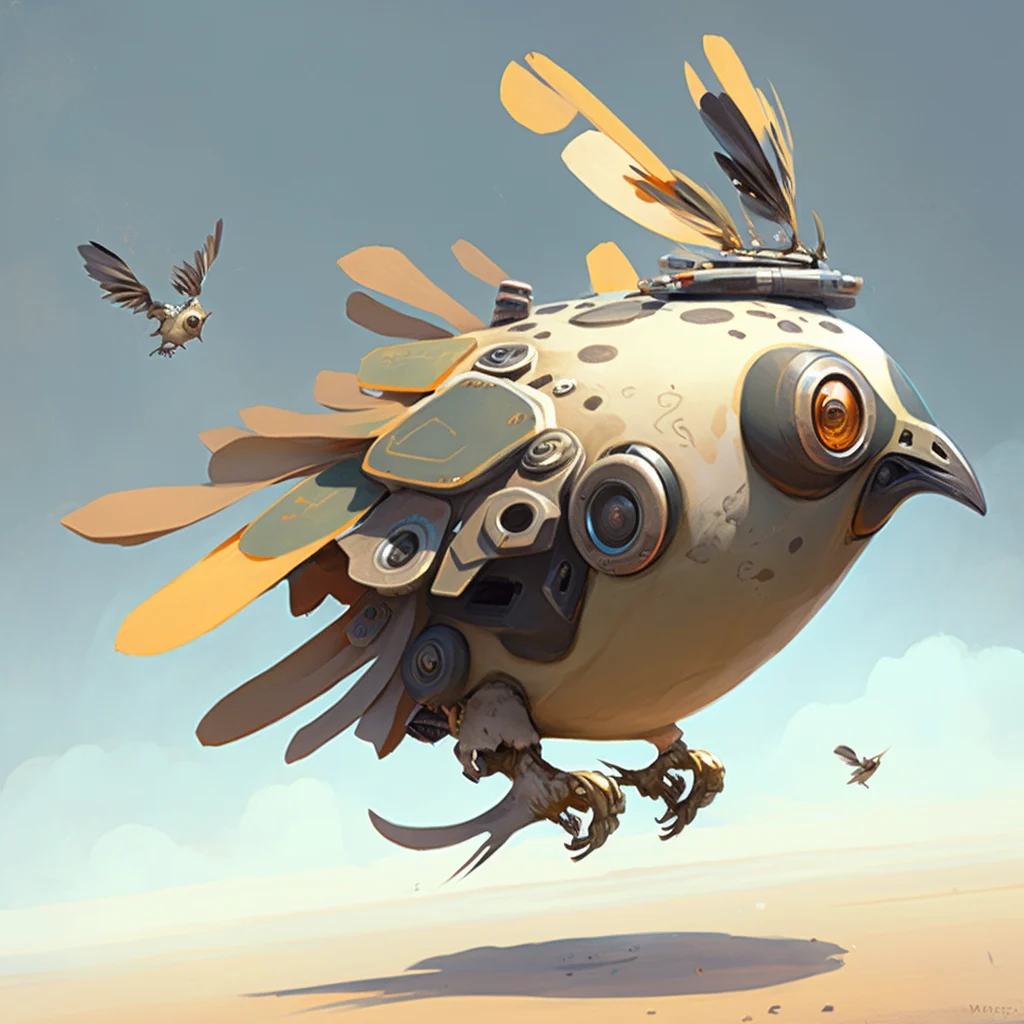In the beginning, my plan was simply to write a Newsletter, but now, not only am I writing a Newsletter, I've also created a Newsletter service.
From conceiving the idea on April 18th to launching the first version on April 24th, starting closed beta on June 17th, and opening for registration on July 4th, it took exactly 11 weekends. Deducting one weekend spent playing Diablo 4, that's 10 weekends devoted to developing Quail, resulting in what you see now:
- A website at https://quail.ink
- Documentation at https://docs.quail.ink
Currently, 1380 friends have registered or subscribed to Quail, across 16 different authors. The authors participating in the beta wrote 88 articles, which were visited by over 27,000 people and read by more than 8,000.
Special thanks to orange, yishi, and goldengrape for their deep involvement in the early stages of Quail, for identifying many issues and offering valuable suggestions. I'm especially grateful to them.
orange is a senior product manager, recently venturing into AI startups. His Newsletter mainly shares his thoughts on products and human nature. yishi is the founder of OneKey, sharing content related to cryptocurrency in his Newsletter. Although goldengrape is an ophthalmologist, his expertise exceeds that of a typical doctor. His Newsletter shares content on ophthalmology and programming.
Dear readers, by clicking on their names, you can visit their Quail profiles and subscribe. If they offer premium memberships and you're interested in supporting their work, click on "Membership" in the top right corner of their page to subscribe.
Feeling a bit slow?
Considering it only took 6 days from start to launch, why did it take nearly two months to open for registration?
Well, creating a toy is easy, but creating a product is hard. As a programmer, making a toy for oneself, you know exactly what you can and cannot touch; making a product for everyone else is a different story, involving many considerations.
What Quail Can Do
Initially designed, if you're an author, you can use it as a newsletter, a blog, or even for writing a book.
If you're a reader, you can ignore Quail itself and focus on the content, perhaps browsing the discovery page to find authors you wish to subscribe to.
Quail's Features
Initially, Quail was made for me alone.
Then, my friends started using it, providing them a space for creation.
Even as new authors joined, the original design intent remained unchanged, striving to offer the best creation experience for authors.
Next, let's introduce Quail's features from an author's perspective and explain the design rationale.
Native Markdown Support
Many prefer WYSIWYG editors, and others like using different markup languages, but I still believe Markdown is the best choice.
Despite its problems, such as lack of standardization, limited extensibility, and a slight learning curve, it remains the most widely accepted writing markup language.
The world works this way; often, the most elegant solution is not the most popular. For instance, Unix vs Lisp Machine, Linux vs BSD, C vs Lisp, Javascript vs others... It's like how a person without flaws may be respected but not invited for dinner, camping, or afternoon tea. Real people, despite their flaws, become good friends if their company is comfortable.
Markdown is such a tool; flawed, yet comfortable for writing. It's great that Quail supports it.
Direct Publishing from Local Editors
Most content management systems publish new content through a webpage or client app. Of course, Quail has its own web editor, allowing authors to edit and publish articles after logging into the "dashboard".
Besides, authors can publish via their local Markdown editors. Since I use Obsidian daily, it was the first editor Quail supported.
I write almost all my content in Obsidian, this article included. Local editors provide the most familiar creative environment. Professional editors offer better user experience, habits, and functionality than online editors.
Thus, for me, completing the "write → publish → deliver to subscribers" process directly in Obsidian is ideal, achieved through Quail's Obsidian plugin, which also supports AI-generated article summaries, keywords, and more.
Of course
, not everyone uses Obsidian, so plans are in place to support other editors (like VSCode). Achieving this is possible thanks to Quail's API, allowing any developer to add Quail support in their favorite editor (such as Emacs, VIM).
SEO and Website Performance
Quail was designed with SEO in mind, implementing typical SEO techniques like site maps, Atom Feed, meta information, etc., and strategies like scoring articles for search engine delivery. Quail authors need not worry about these details; Quail handles them automatically.
Another focus is Quail's foundational performance, like load and response times, directly affecting user experience. This is an ongoing, detailed task, with some improvements being minor yet costly. I balance investment and output to provide the best performance possible.
Providing the Best Code Support Possible
Code is an important part of expression in this world. For articles containing code, excellent support is necessary, like syntax highlighting, shown below:
int main() {
printf("Hello\n");
return 0;
}
Additionally, I plan to integrate useful third-party services, such as play.golang.org and codepen, allowing code to not only be displayed but also executed.
Math Formulas and Diagrams
These are two other features needing strong support.
Scientific writing often requires inserting math formulas, like below:
$$
\mathbb{E}(X) = \int x d F(x) = \left{ \begin{aligned} \sum_x x f(x) ; & \text{ if } X \text{ is discrete}
\ \int x f(x) dx ; & \text{ if } X \text{ is continuous }
\end{aligned} \right.
$$
Engineering writing often requires diagrams, like below:
sequenceDiagram
Alice ->> Smith: Hello Smith, how are you?
Smith-->>John: How about you John?
Smith--x Alice: I am good thanks!
Smith-x John: I am good thanks!
Note right of John: Smith thinks a long<br/>long time, so long<br/>that the text does<br/>not fit on a row.
Smith-->Alice: Checking with John...
Alice->John: Yes... John, how are you?
For scientific and engineering writing to be complete, formulas and diagrams are essential. Hence, Quail also needs native support for them.
In Quail, formulas use Mathjax syntax; diagrams use Mermaid.js. Both are reliable implementations suitable for use.
Currently, Quail relies on third-party libraries for basic support of formulas and diagrams, which are not yet available in emails. Future improvements are planned.
Membership Subscriptions and Payments
Even if information is free, knowledge is not. Thus, authors can price their work. Payment is a way for readers to support creation. Driven by economic benefits, creation can continue sustainably.
Quail embraces economic freedom, hence initially supporting Cryptocurrency payments through MixPay. Once accustomed to this setup, you'll find it extremely convenient, comparable to cash.
Of course, Quail plans to support fiat currencies like Paypal and credit cards. However, given the complexity of fiat systems, this feature will be added later.
Quail takes 10% of all membership revenue for operations. This is Quail's straightforward business model.
Custom Domains and Personalization
The most personalized approach is building your own website and self-hosting Quail. However, not everyone has the ability or energy for this.
Thus, Quail's SaaS version, what you see now at https://quail.ink, will offer custom domain binding in the future. This way, authors can publish content under their own domain, not just Quail's. This is crucial for authors with a sense of personal branding.
AI
Although the current generation of LLMs is capable of generating content, I don't believe a good author would entirely hand over creation to AI. I will consider AI's application scenarios cautiously.
Comments and Social
Plans exist to extend Quail's social functionality, as I believe interaction is valuable for both writing and reading. But the specifics are still under consideration.
Reading Experience
Most of the above focuses on writing, but readers are the ultimate consumers of all content. Thus, the reading experience also requires careful crafting. Quail's reading experience still has some issues, which will be gradually improved in future versions.
Decentralization
Plans exist, but they depend on two factors:
- How many people are willing to self-host Quail instances.
- How many are willing to join Quail's decentralized network.
I believe this may involve content economic models and social aspects, so this plan will follow social functionalities.
Developer Support and Open Source
Lastly, developers who use Obsidian for writing might have noticed, Quail provided
an API Key from the start. Third-party developers can access Quail's content with this API Key. I hope developers will use these APIs to support Quail in more editors.
Regarding open source, Quail announced intentions to open source from the beginning, but it requires waiting. Recent efforts focused on feature development, and neither the code quality nor documentation is ready for open sourcing. Once prepared, I will open source the code, provide complete self-hosting documentation, and guidelines for participation.
Future Plans
Firstly, Quail is a long-term project that will continue to evolve.
Secondly, Quail will always stand with authors and readers, a principle that will not waver.
Lastly, the exploration of Quail's commercialization will proceed.
But for now, Quail is still in a very early stage, so I ask for your support and welcome you to join Quail's Discord community.






